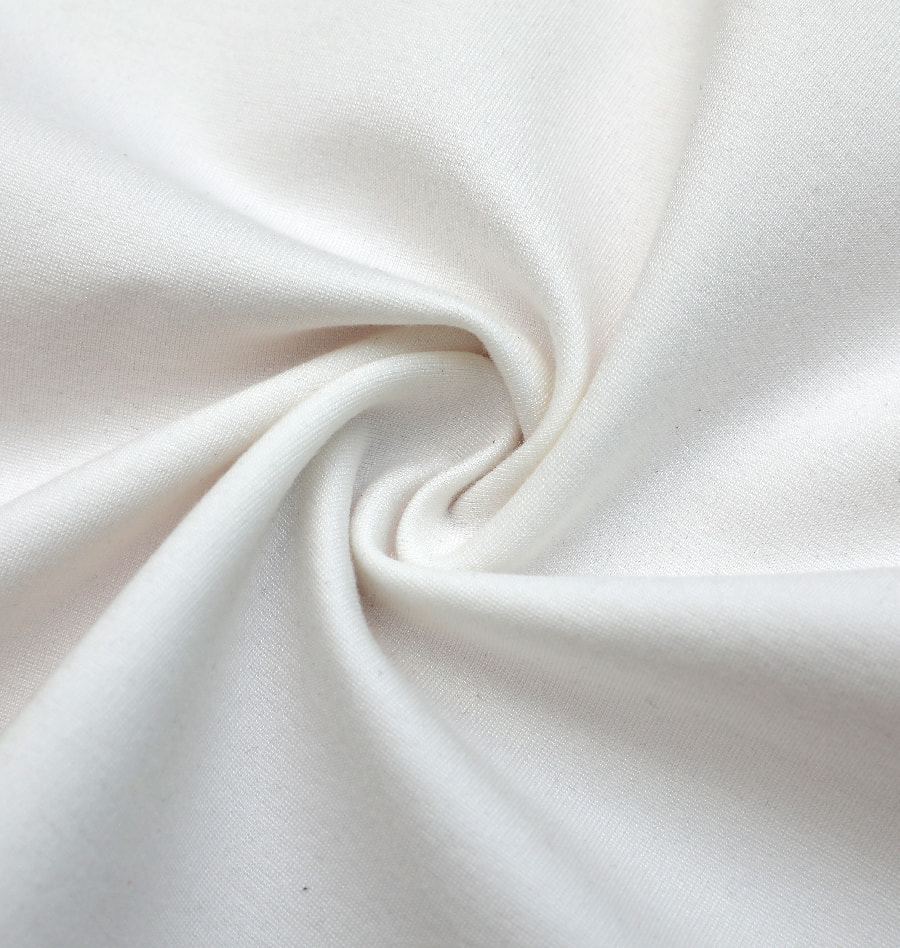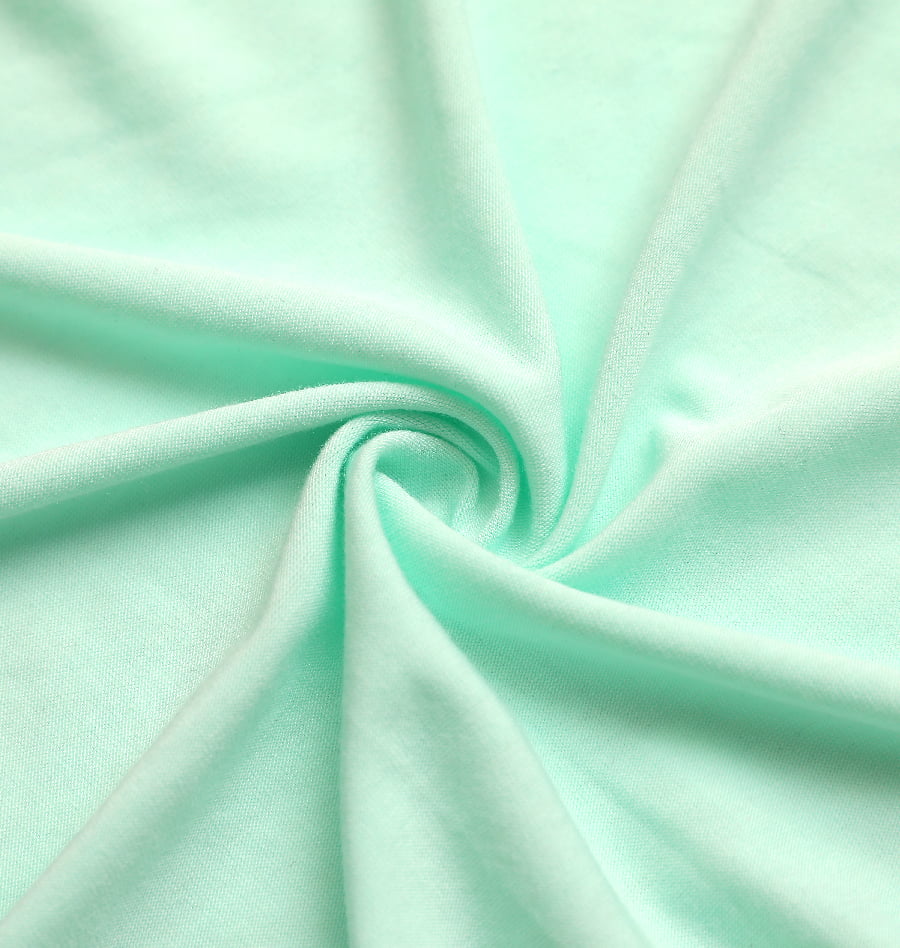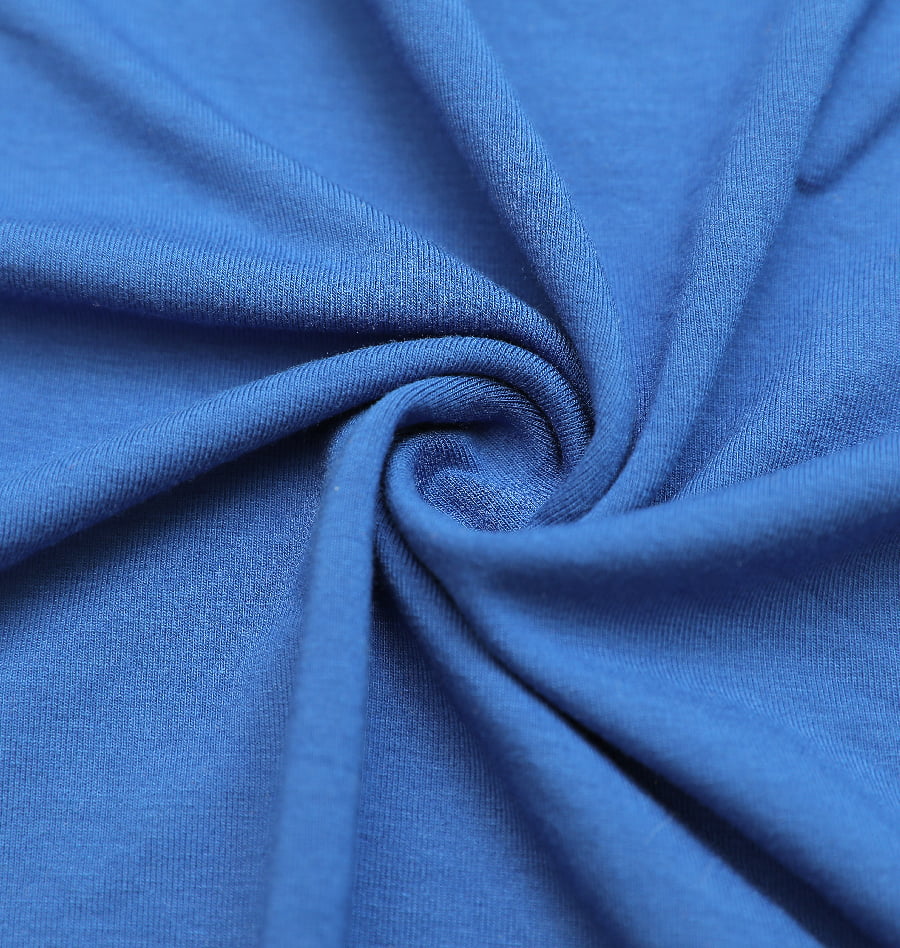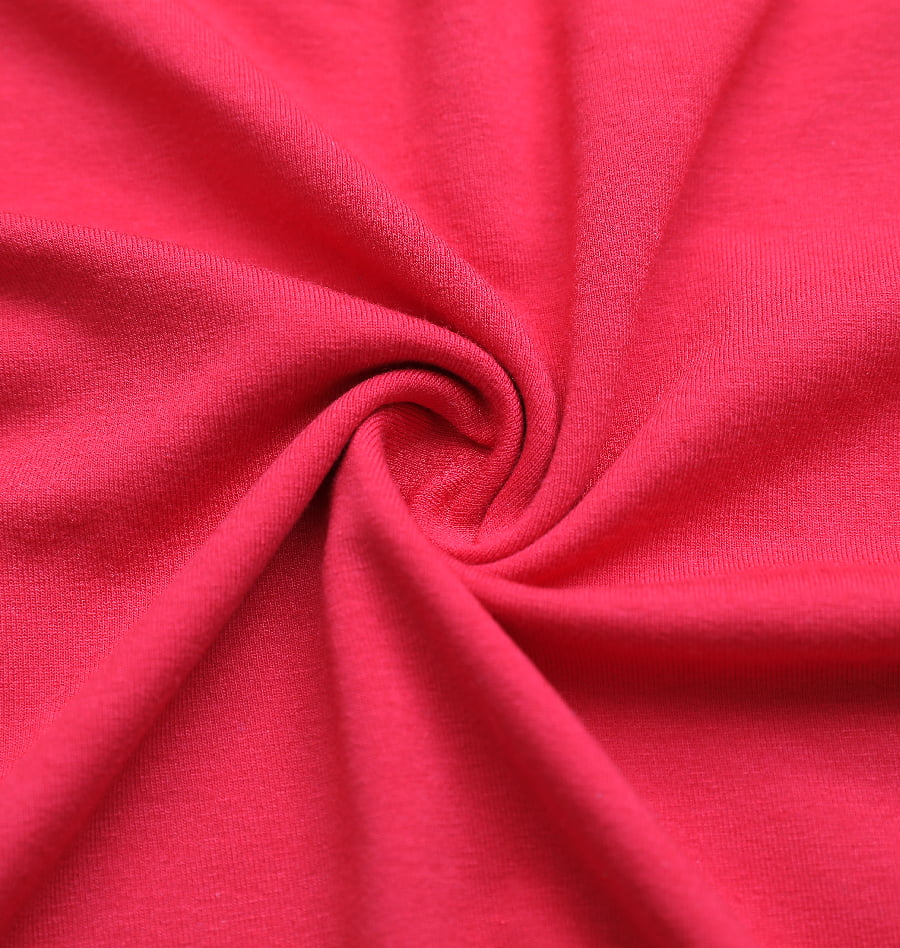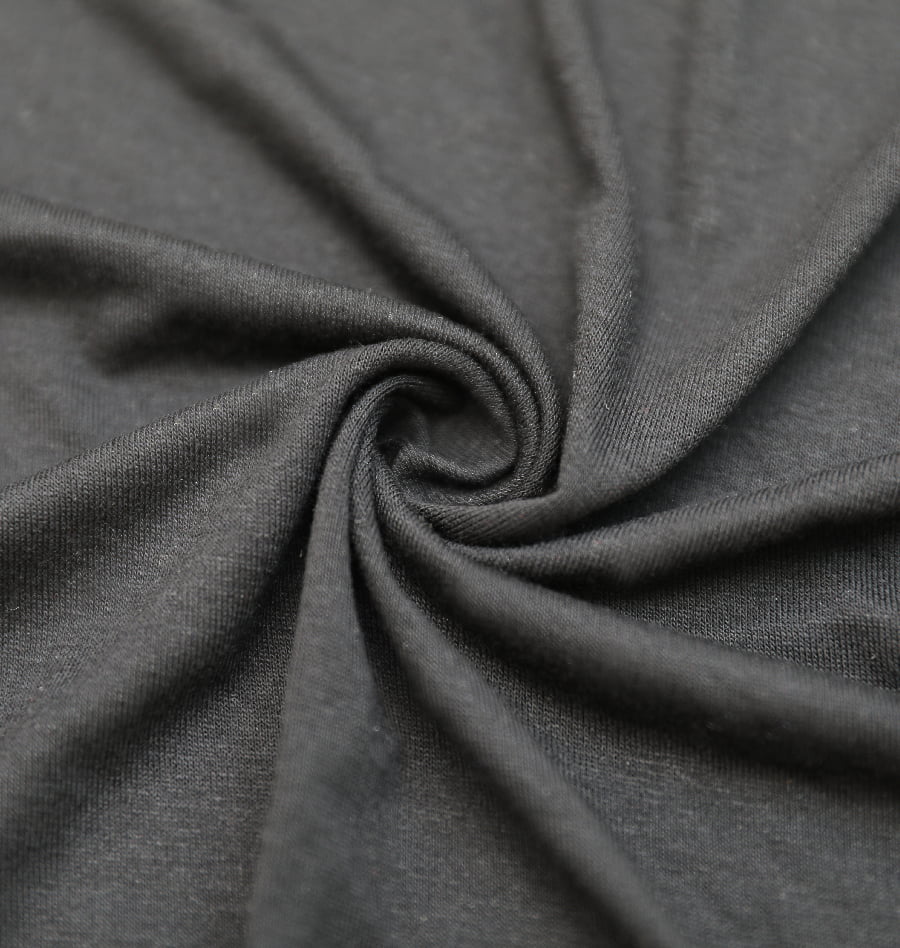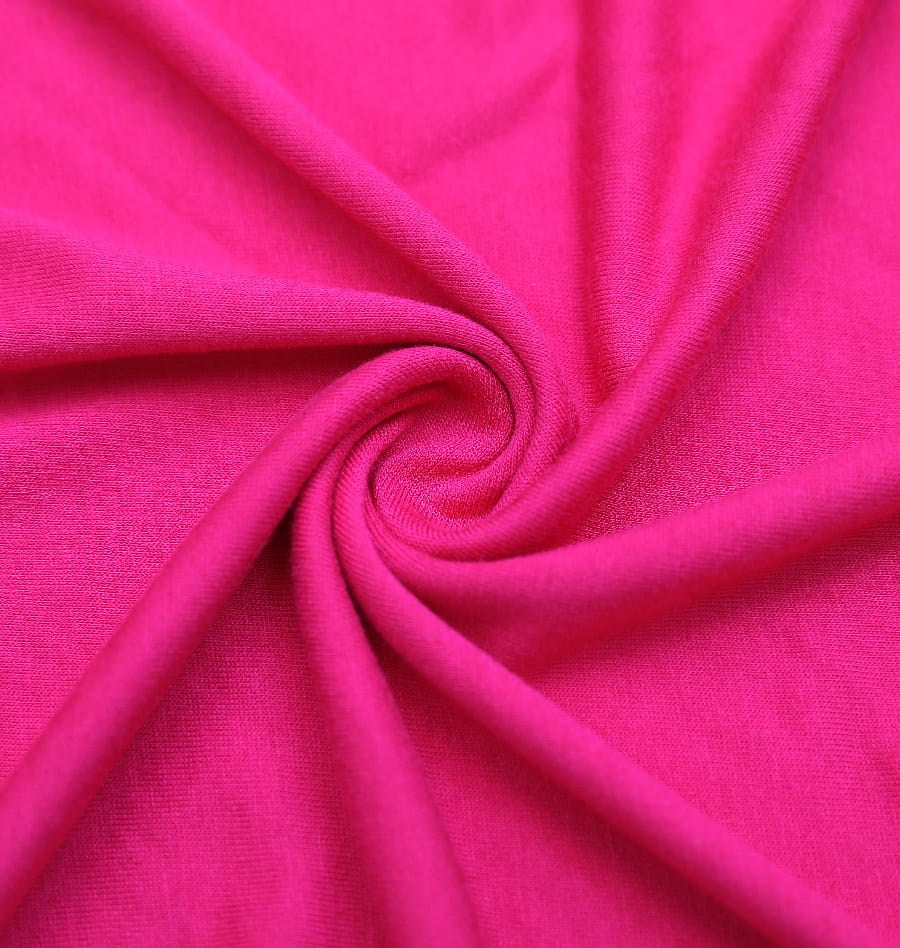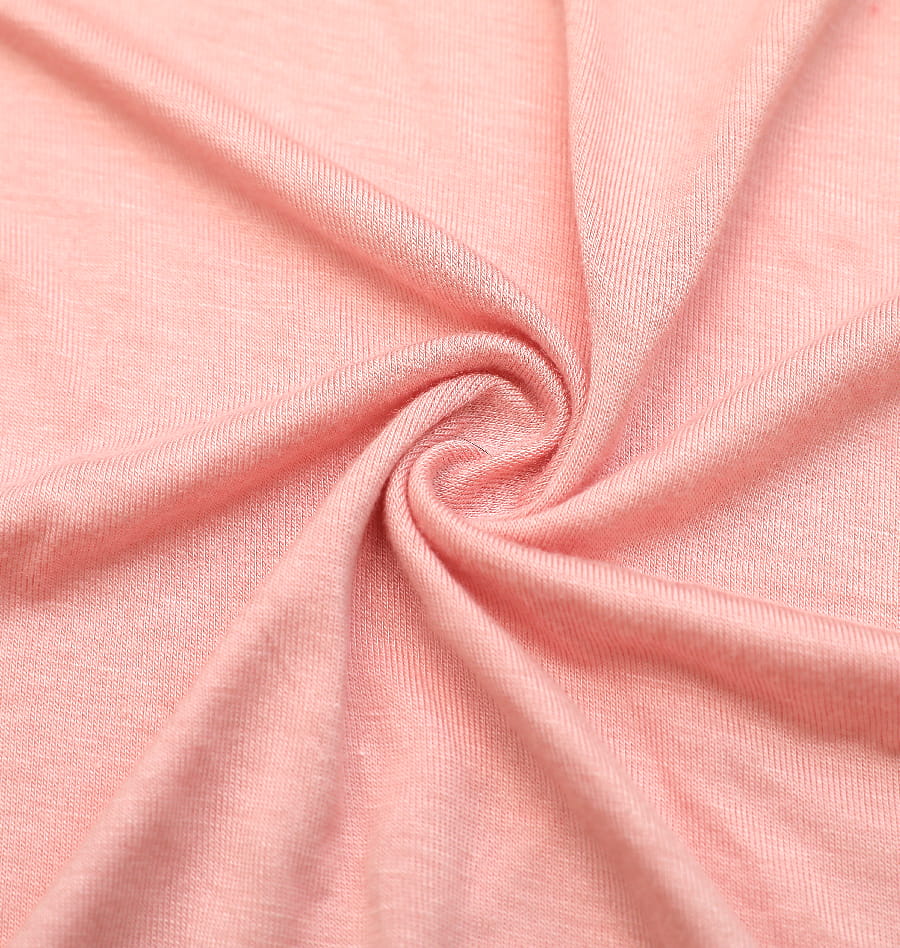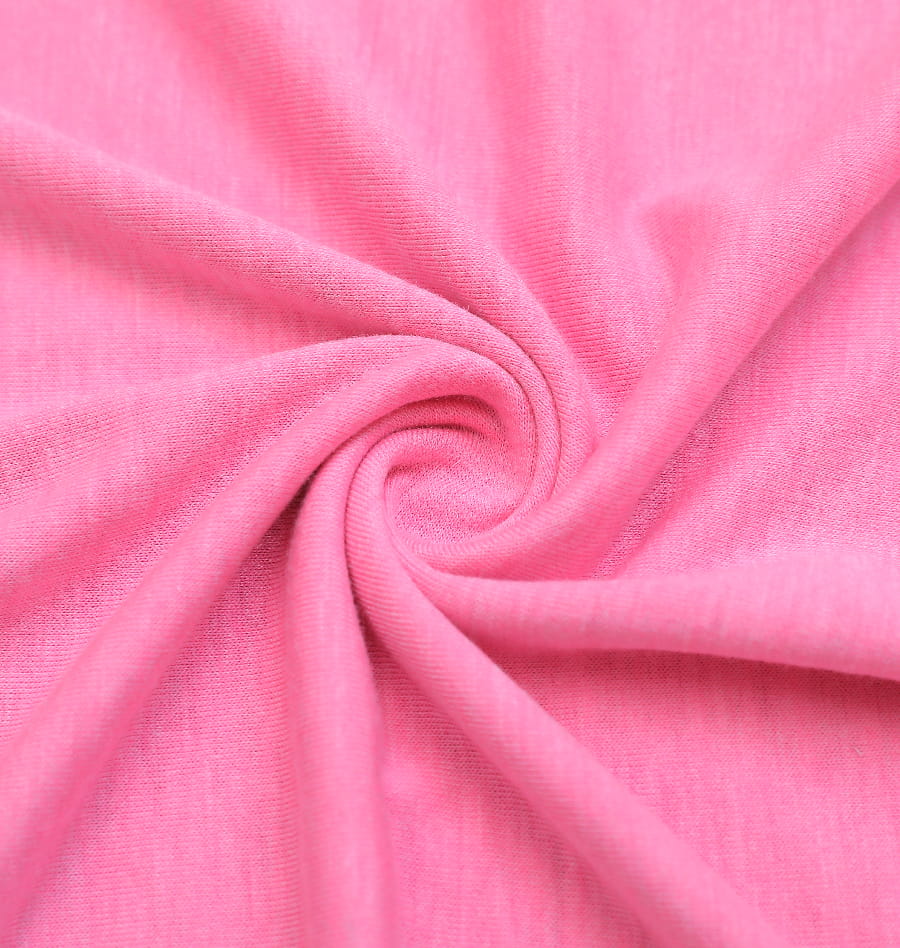Introduction to Double Knit Fabric:
Double Knit Fabric is a type of knitted fabric that is produced using two sets of needles on a circular knitting machine, resulting in a double-sided fabric with a smooth surface on both sides. As a factory, manufacturer, supplier, or company producing Double Knit Fabric, understanding its main characteristics, advantages, and the impact of the construction process on its performance is essential to meet the diverse needs of the textile industry. Below, we explore the key characteristics and advantages of Double Knit Fabric, as well as how the construction process influences its performance and versatility in various textile applications.
Characteristics of Double Knit Fabric:
Double Knit Fabric possesses unique characteristics that make it distinct from other knitted fabrics. Some key characteristics include:
1. Double-Faced Structure:
Double Knit Fabric is constructed with two sets of needles, resulting in a double-faced structure with a smooth surface on both sides. This allows for a reversible fabric that can be used on either side.
2. Stable and Non-Curling Edges:
The double-knitted structure of this fabric provides stability and non-curling edges, making it easier to work with during garment construction and reducing the need for additional finishing.
3. Stretch and Recovery:
Double Knit Fabric exhibits excellent stretch and recovery properties, offering comfort and flexibility in garments. It retains its shape well and does not easily lose elasticity.
4. Thickness and Warmth:
Due to its double-layered structure, Double Knit Fabric tends to be thicker than single-knit fabrics, providing additional warmth and insulation, making it suitable for colder climates or winter clothing.
5. Wrinkle Resistance:
The construction of Double Knit Fabric contributes to its wrinkle resistance, allowing garments made from this fabric to maintain a smooth appearance even after extended wear.
6. Opacity:
Double Knit Fabric is often more opaque than single-knit fabrics, reducing the need for lining in certain garments and offering better coverage in clothing items like skirts and dresses.
Advantages of Double Knit Fabric:
1. Versatility:
Double Knit Fabric's reversible nature and stability make it highly versatile for various applications. It can be used for both the face and the lining of garments, reducing the need for additional materials.
2. Durability:
The double-layered structure enhances the durability of Double Knit Fabric, making it more resistant to wear and tear than single-knit fabrics.
3. Reduced Fraying:
The non-curling edges of Double Knit Fabric contribute to reduced fraying, simplifying the sewing and finishing processes during garment manufacturing.
4. Shape Retention:
The stretch and recovery properties of Double Knit Fabric allow garments to retain their shape and fit well even after repeated use and washing.
5. Insulation:
The thickness and warmth provided by Double Knit Fabric make it an excellent choice for creating cozy, cold-weather garments like sweaters, scarves, and outerwear.
6. Time and Cost Efficiency:
The stable structure and reduced fraying of Double Knit Fabric can lead to time and cost savings during the garment production process.
Impact of Construction Process on Performance and Versatility:
The construction process plays a crucial role in determining the performance and versatility of Double Knit Fabric:
1. Needle Arrangement and Gauge:
The needle arrangement and gauge of the circular knitting machine used in the construction process influence the weight, thickness, and stretch properties of the fabric. A finer gauge results in a lighter and more delicate fabric, while a coarser gauge produces a thicker, heavier fabric with more significant stretch.
2. Yarn Selection:
The choice of yarn, including fiber type, twist, and thickness, affects the final properties of the fabric. Different yarns offer varying levels of stretch, texture, warmth, and appearance, providing flexibility in tailoring the fabric to specific applications.
3. Stitch Structure and Design:
The stitch structure and design determine the appearance and texture of Double Knit Fabric. Different stitch patterns can create ribbed textures, raised designs, or other visual elements, adding to the fabric's versatility and aesthetic appeal.
4. Finishing Techniques:
Finishing processes, such as dyeing, printing, and brushing, can further enhance the appearance, feel, and performance of Double Knit Fabric, expanding its applications in the textile industry.
Double Knit Fabric is a versatile and durable knitted fabric with unique characteristics that make it suitable for a wide range of applications in the textile industry. Its double-faced structure, stretch, stability, and versatility offer advantages for various garment types, including reversible clothing, activewear, outerwear, and cold-weather apparel. The construction process, including needle arrangement, yarn selection, stitch structure, and finishing techniques, plays a significant role in shaping the fabric's properties and performance.
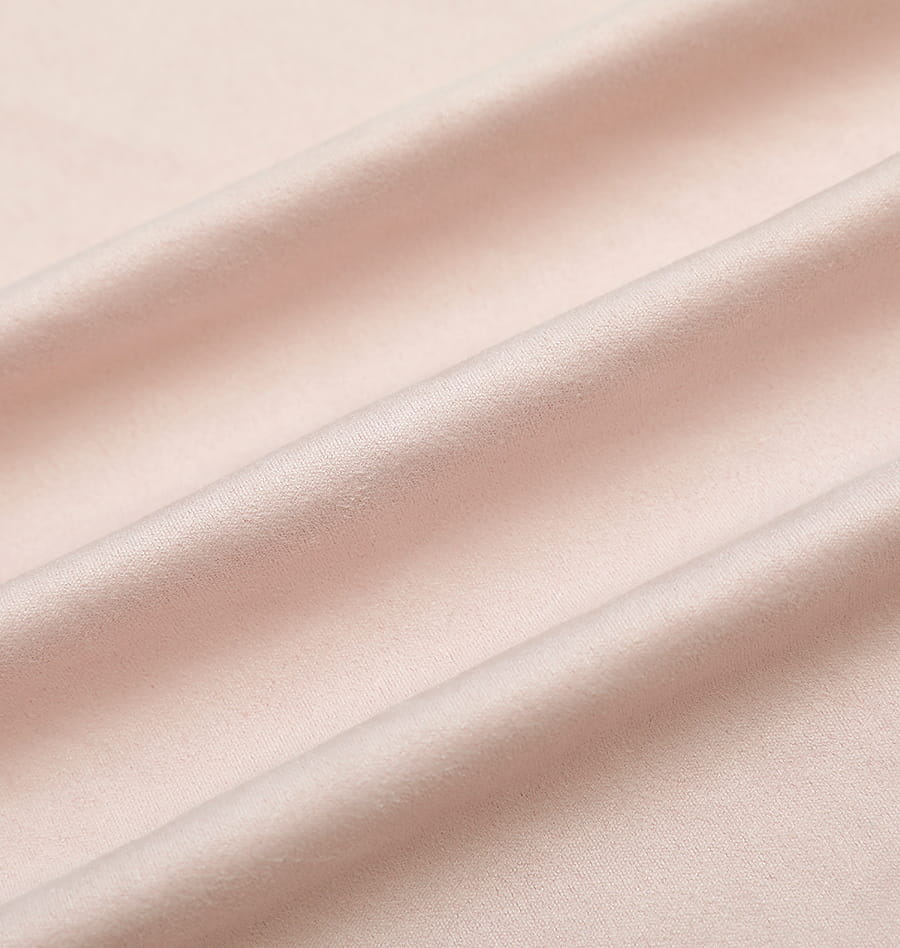
Double sided suede double knit fabric S14008

Double sided suede double knit fabric S14008

